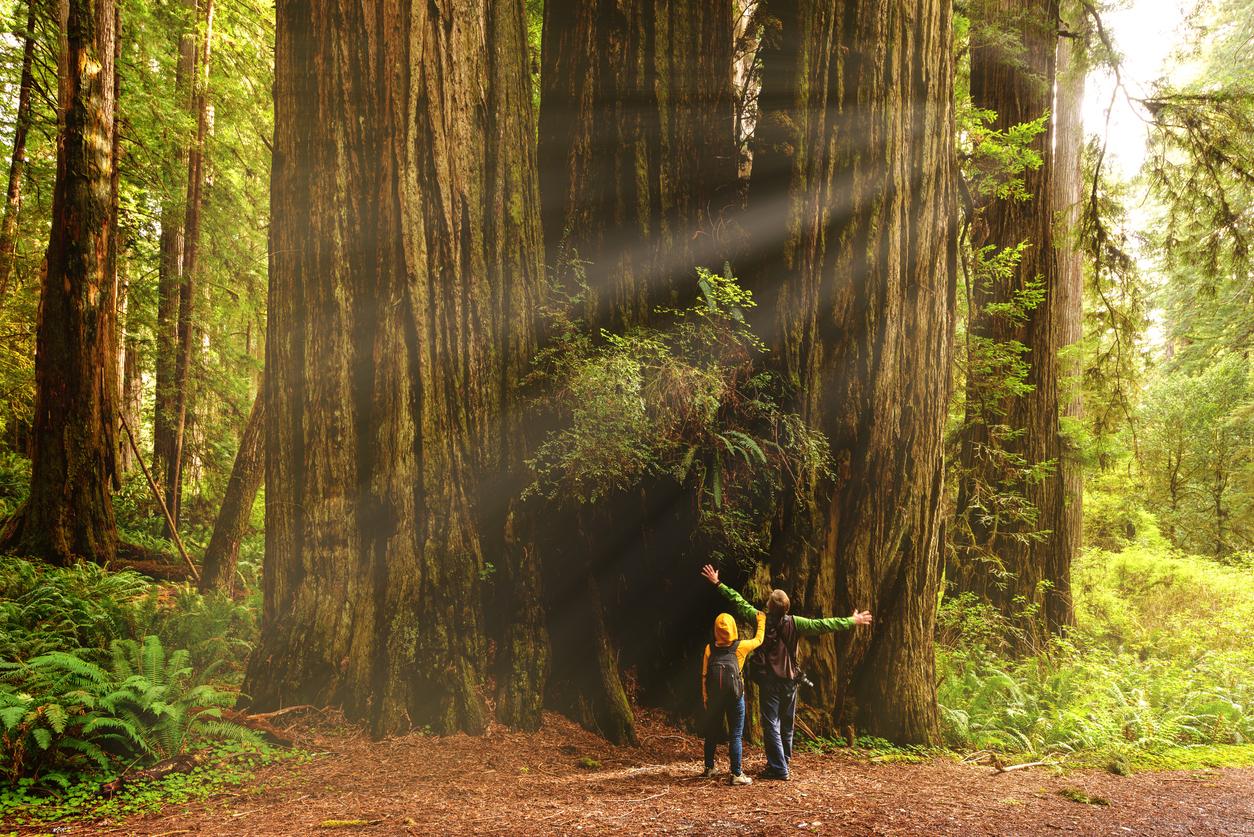“It's an absolute joy to work across the state of California if you think about how diverse the state is from a natural standpoint, how diverse the state is from a human standpoint, and then you add in these incredible 280 parks that are urban parks, cultural storytelling, historical storytelling.”—Kindley Walsh Lawlor, President & CEO of Parks California
With more than 68 million people annually visiting California’s State Park system,1 Melissa Fifield, Head of the BMO Climate Institute, sat down with Kindley Walsh Lawlor to discuss Parks California, which launched in 2019 as the official statutory statewide partner to California State Parks.
In this episode:

How Parks California is focusing on equitable access, landscape stewardship, and strengthening and sustaining parks

Why the next generation has a real chance to create new opportunities

How Parks California is connecting people to the future of healthy places, healthy parks, and public lands
Listen to our ~18-minute episode.
Sustainability Leaders podcast is live on all major channels including Apple and Spotify.
